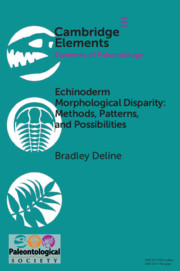The incidence of tuberculosis (TB) in native ethnic minorities remains high in developed countries. Arabs, the major ethnic minority in Israel, comprise 21% of its population. This retrospective study compared TB incidence, demographic, clinical, laboratory, genotyping characteristics and treatment outcomes in all Israeli-born citizens diagnosed with TB between 1999 and 2011 by ethnicity, i.e. Israeli-born Arabs (IA) and Jews (IJ). A total of 831 Israeli-born TB patients were reported. Of those, there were 530 (64%) IJ and 301 (36%) IA, with an average annual TB rate of 1·1 and 1·6 cases/100 000 population, respectively, lower than the national average (7·0 cases/100 000 population). TB rates in IA and IJ declined and converged to 1 case/100 000 residents. IA TB patients were more likely to be older, have more pulmonary TB and have lower treatment success rates than IJ. Older age and HIV co-infection, but not ethnicity, were predictive of non-success in TB treatment. Ten mixed IA–IJ clades were detected by spoligotyping and three mixed IA–IJ clusters were identified by MIRU-VNTR typing. Only one IA–IJ couple recalled mutual contact. In conclusion, TB rate in IA was higher than in IJ, but declined and converged in both to 1 case/100 000. Treatment success was high in both groups, and was unrelated to ethnicity.
